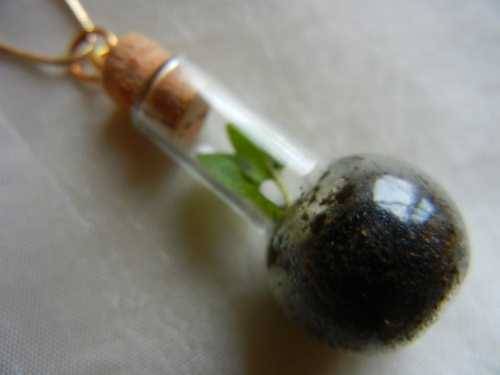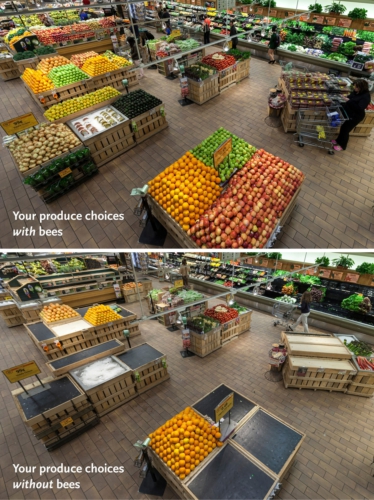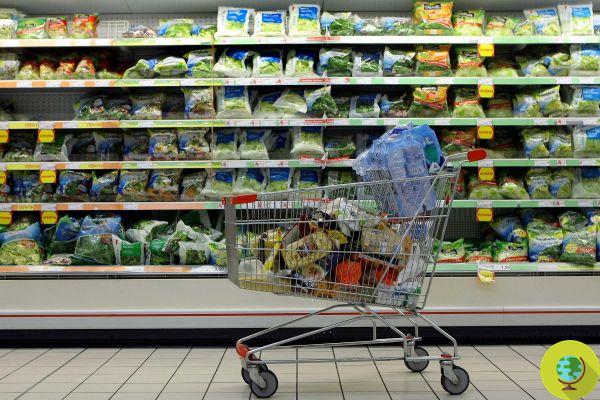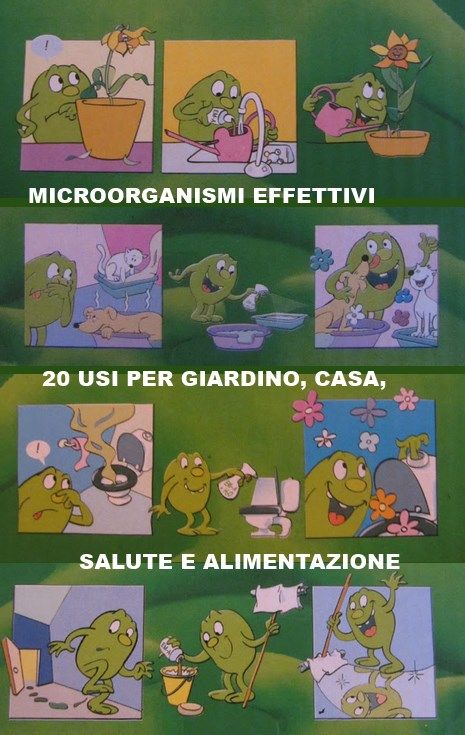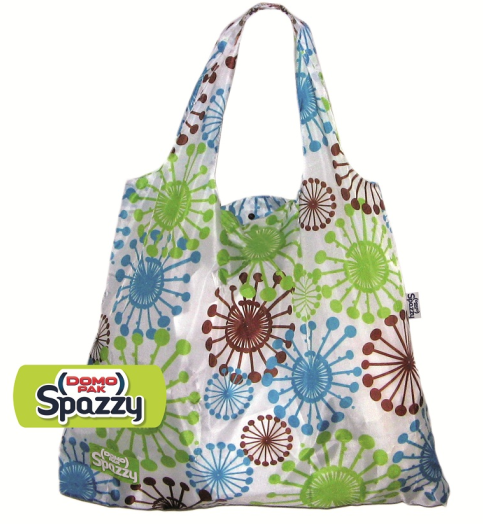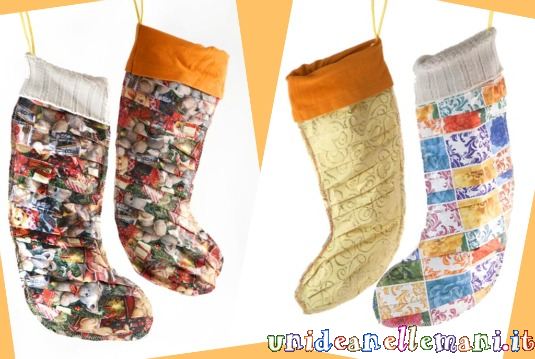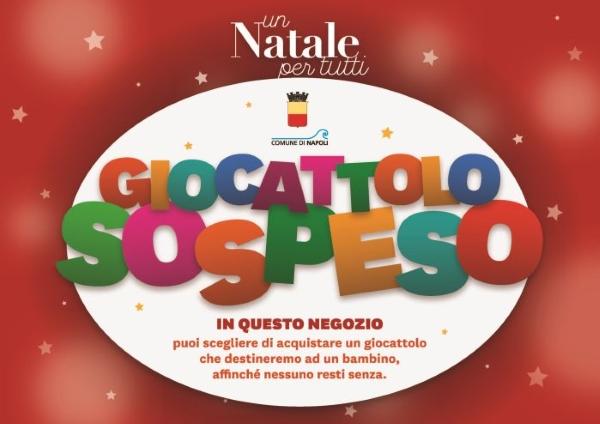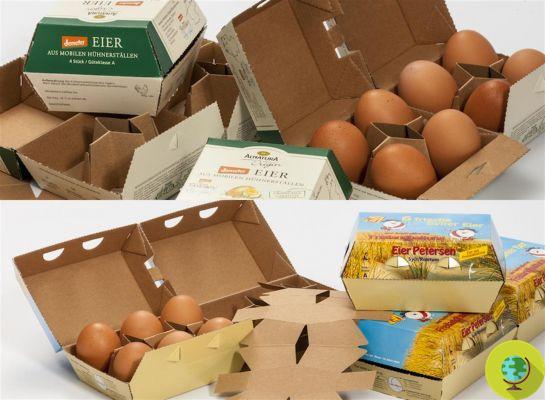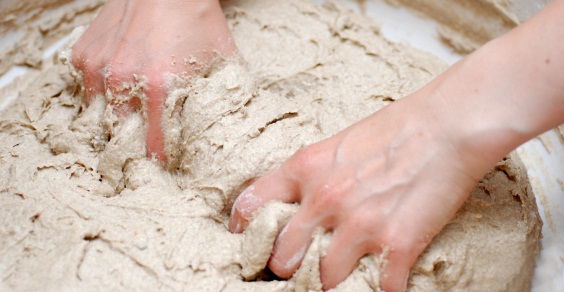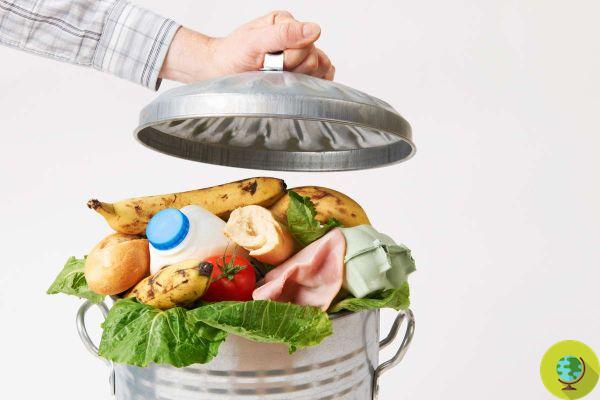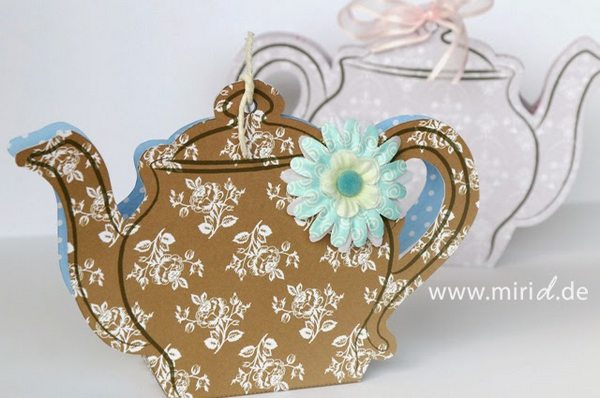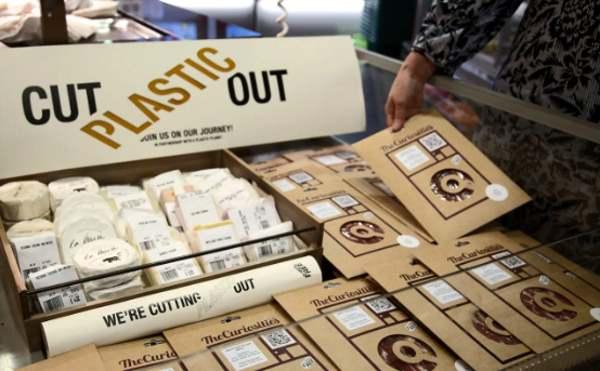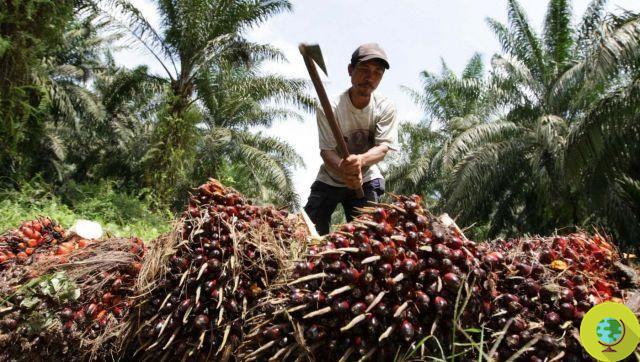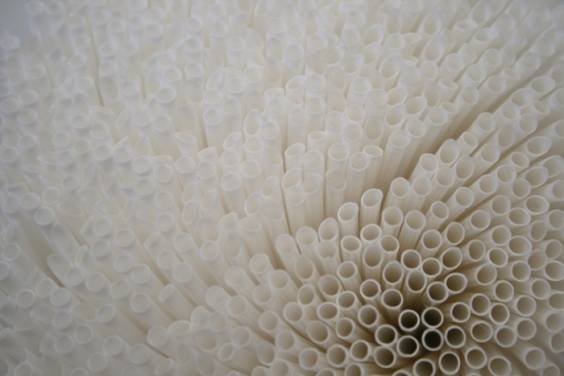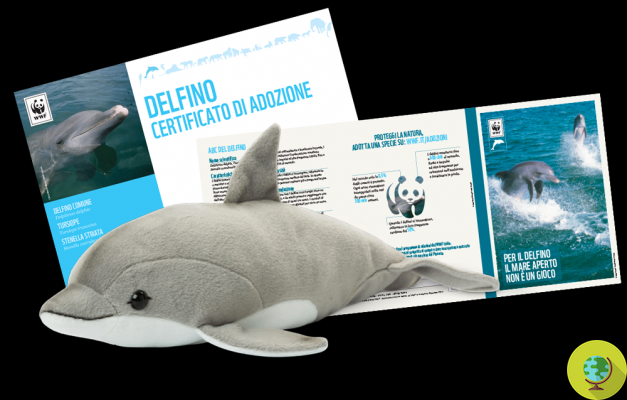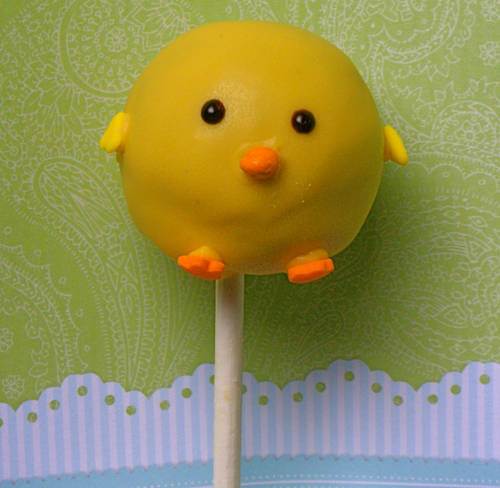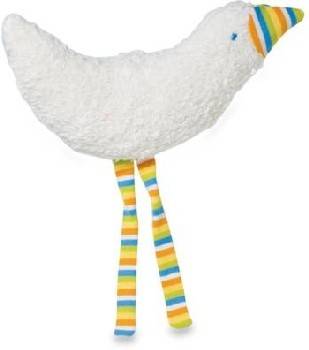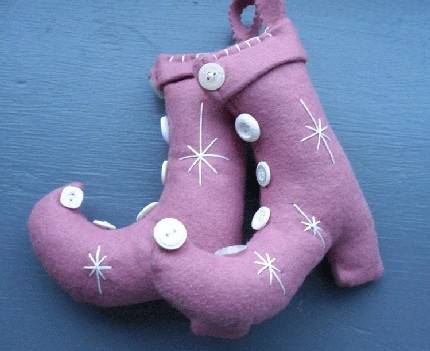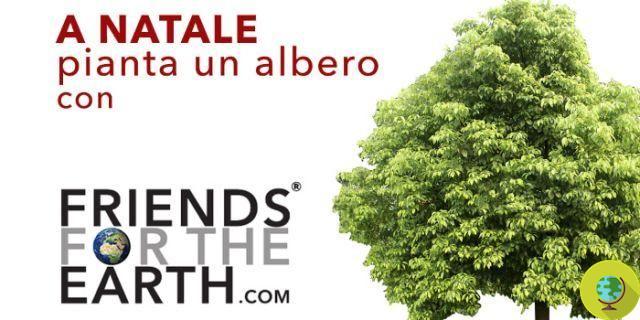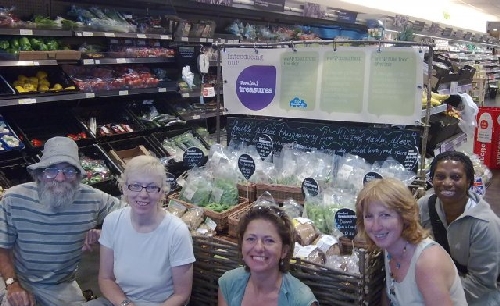How to choose safe toys without traces of potentially dangerous substances? What characteristics and certifications to pay attention to? A guide to orient ourselves also based on the type and materials chosen.
Don't store avocado like this: it's dangerousHow to choose safe toys without traces of potentially dangerous substances? What characteristics and certifications to pay attention to? A guide to orient ourselves also based on the type and materials chosen.
Christmas is approaching and it's time to think about gifts, especially for children. However, it is they, the little ones, are particularly at risk due to the presence on the market of toys that have traces of potentially dangerous chemicals. So here's how to choose toys for your children, grandchildren or little friends.
Buying safe toys is important to protect children, so it is better to make informed choices if anything by reducing the quantity of gifts and choosing quality rather than number.
Unfortunately, the problem does not concern only toys that come from China and every year it recurs far from being definitively resolved. For example, recently, following the analysis of 430 products marketed in the countries of the European Union, an alarming report on the presence of toxic toys was published.
But what are the real risks of toys? First of all, it must be specified that, compared to adults, children are more exposed to the problem as their skin is more permeable, their lungs immature and their immune and nervous systems more delicate.
Since we are already exposed every day to a multitude of harmful chemicals it would be good, at least in the home, to avoid such exposure by letting in only safe and "clean" toys.
But what can common toys contain?
Index
Toxic substances in toys
The list of possible toxic substances present in toys is long and includes:
- Bisphenol-A (BPA): endocrine disruptor with multiple effects
- Cadmium: accused of carcinogenicity and disorders in brain and reproductive development
- Chrome: carcinogenic-mutogenic risk, causes inflammation, affects the reproductive system
- Perfluorinated compounds: carcinogenic, interfering with the reproductive system
- Formaldehyde: carcinogenic, irritates the respiratory tract, allergenic
- Hydrocarbons type benzene, toluene, xylenes: carcinogenic and neurotoxic
- Polycyclic aromatic hydrocarbons: carcinogenic
- Chlorinated paraffins: carcinogenic, endocrine disruptors
- Phthalates: endocrine disruptors, toxic for reproduction and for the liver
- Lead: powerful neurotoxic, even at low doses, responsible for poisoning
- Brominated flame retardants: effects on the nervous and behavioral system, persistent estrogenic activity
Tips for choosing the best toys
Defending yourself from wrong purchases is possible as well as assuring our children of "clean" toys. Here are some tips that may be useful to you:
- Consider the age: at the time of purchase it is important to evaluate the age indicated for the use of that toy. In fact, it may contain small parts that children could ingest, or it may not be absolutely suitable for being bitten or put in the mouth.
- Choice of materials: this is an essential point. Both in terms of the environment and the health of the little ones, it would be good to choose natural materials, such as wood, rather than plastic.
- Certifications: It is important to choose certified toys for children that therefore boast in the label indicating that they are Ecocert, OEKO-TEX® (independent control and certification system), GS and Spiel Gut (the latter certify the absence of toxic substances). The CE mark, affixed by the manufacturer himself, declares that the toy complies with European regulations.
- Scented toys: this type should be avoided as it is at greater risk of containing toxic substances.
We emphasize the importance of paying particular attention to toys that are bought especially for younger children, under three years old, who tend to put everything in their mouths. But now let's see how to choose the best by type of game.
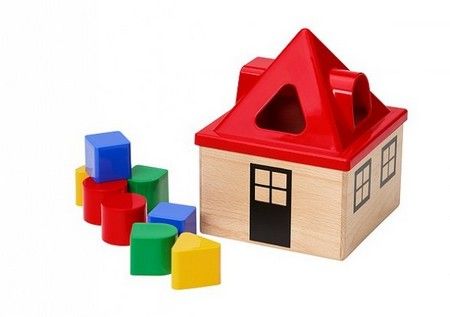
Dolls
Dolls are made of plastic or other synthetic components and can therefore contain various toxic substances. Pay particular attention to miniature dolls which most of the time are not considered as toys for children, but as decorative items and therefore the limits set by the toy regulations are not applicable. It is recommended to choose cloth dolls and organic cotton to wash before use.
Teddy
Soft toys and other toys with plush parts, especially long-haired or stuffed synthetic ones, are more at risk of containing allergens and brominated flame retardants that prevent fire from spreading but are dangerous to health. Better to prefer those in natural or ecological fibers, for example those labeled Oeko-Tex. Always wash them before placing them in the hands of children.
Wooden toys
There are now all kinds of them: buildings, dollhouses, toy cars, puzzles, etc. Unfortunately, even wood does not in itself guarantee safety. Plywood toys may contain formaldehyde, for example, while traces of lead may be present in the paints used on wood. The advice is to choose unpainted wooden toys (eg beech or maple), or decorated but not with toxic paints. Those with FSC or PEFC certification can be preferred, which ensures sustainable management of woods and forests.
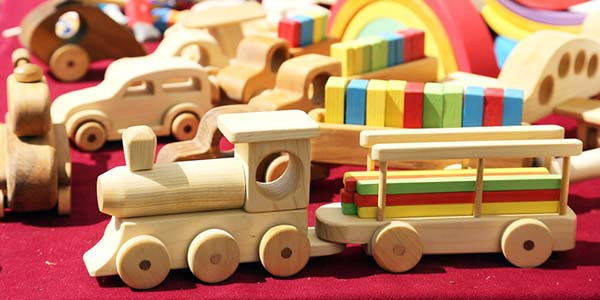
Plastic toys
Some inflatable or plastic toys may contain phthalates or Bisphenol A but also polycyclic aromatic hydrocarbons. Then, as we know, plastic pollutes. If you really can't avoid toys made with this material, you can at least choose those of brands that have voluntarily removed these substances from their products by indicating “PVC-free” or “phthalate-free” on the label. Before using these games it is good to rinse them and let them air for a couple of days.
Electronic toys
This category includes electronic and battery powered toys such as electric cars, toy trains, computers, etc. In addition to the presence of brominated flame retardants in these toys, there is a risk of coming into contact with cadmium, mercury and other toxic substances. Surely younger children should avoid these games, if you want to shop for older children you can first consult the Greenpeace guide on the different electronics manufacturers and their policy on toxic substances.
Games for drawing, painting and cosmetics
Markers, tempera, modeling clay kits but also make-up for children may contain traces of barium, lead, formaldehyde or phthalates. To avoid the risk, it is better to avoid buying scented toys (among other things, perfumes can trigger allergies) and always choose products on which food or plant dyes have been used and without preservatives.
Other useful tips
- Washing the game and letting it air dry: it would be important, whenever you have a new game, to open it, wash it and let it dry and rest for a few hours or days outdoors so that the volatile organic compounds can go away.
- Check that the toy has no parts that come off, which are potentially dangerous especially for younger children
- Remember the rule that “Less is more”. We therefore buy fewer toys, giving priority to quality!




